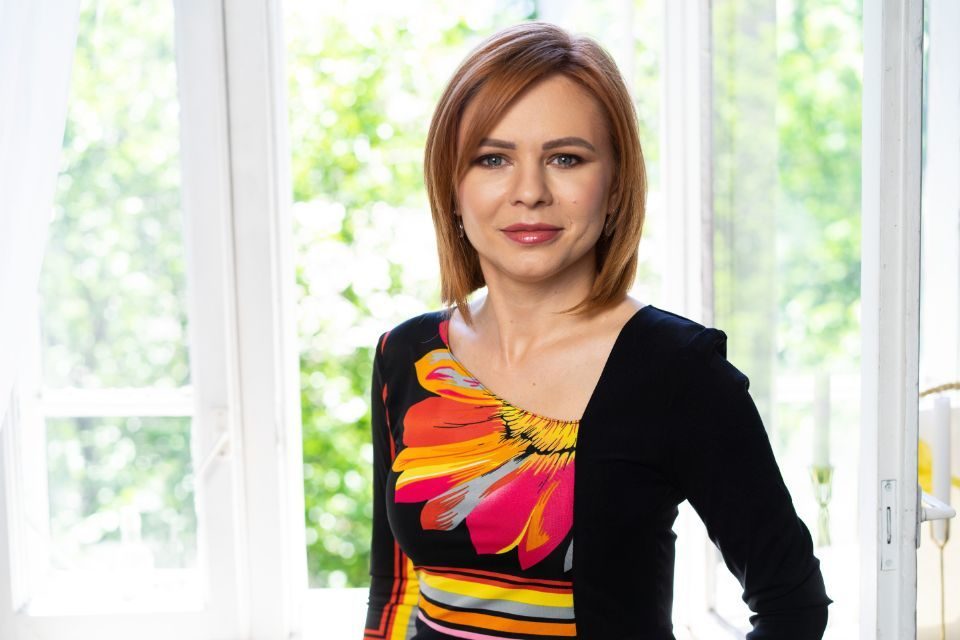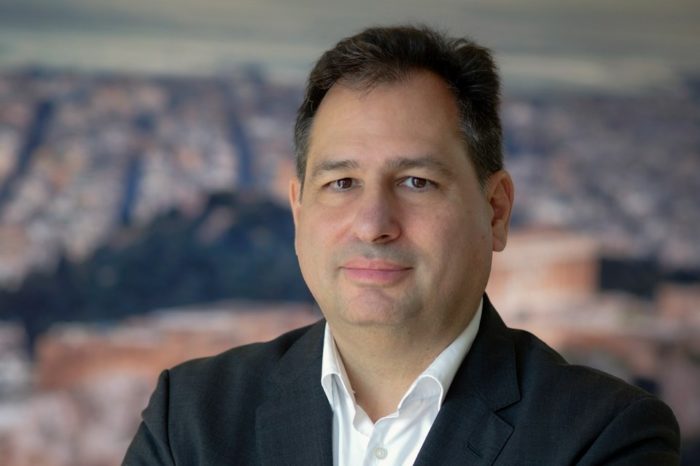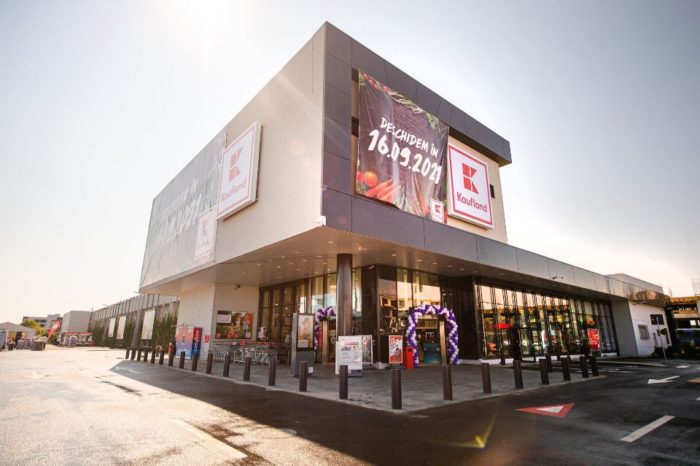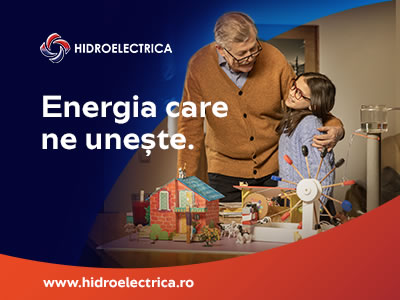How and why to measure gender equality?

Opinion by Daniela Serban, president and co-founder VERTIK
Did you notice that we usually speak about women in March? The density of women related events around March 8 is enormous. We praise role models, we discuss opportunities, and most important we put issues on the table. Disappointing is that most of the discussions end in March. Back to normal business for 1 year.
At the EU level the discussions related to gender equality and equal opportunities are much more consistent and have as guidance a Gender Equality Strategy 2020-2025.
In order to integrate European values, we aim at reducing the time to achieve gender equality from 107 years estimated for Eastern Europe to an estimate of 54 years for Western Europe. Measuring gender equality is key. We, representing VERTIK for the Future Think Tank, believe that gender gaps in the fields of economic participation and women’s access to opportunities, promotion of women in decision-making positions in politics, management and administration, women’s employment rates, equal pay and equal pay for work, as well as access to financing of start-ups with female entrepreneurship, are not regularly measured and evaluated in Romania on the basis of aggregate statistical indicators.
When we talk about gender equality we analyse the perspective of at least 3 international indices that place Romania decades apart by the most advanced countries in Europe or even compared to the European Union average. Last year, the European Commission presented the 2020-2025 Gender Equality Strategy with a focus on reducing violence against women, ensuring equal participation and access to opportunities in the labour market, ensuring gender equality in decision-making and in politics.
The current Government Program includes a chapter dedicated to Equal Opportunities between Women and Men, at the Ministry of Labour and Social Protection, with several proposals and two priorities. Higher expectations are set in the Equal Opportunities Strategy of the National Agency for Equal Opportunities between Women and Men adopted this year.
The data of various global indexes usually place Romania in the middle of any global chart in terms of gender equality. According to MIWE 2020, 27.3% of existing businesses in Romania are owned by women, the number putting us in 20th position in the global top countries with most women entrepreneurs. According to the Gender Equality Index, in the European Union, Romania is in 26th place, out of 28 countries, with the largest gaps in the ‘power’ area (top management and political functions), as well as in the ‘time’ area (care).
Three global indices capture from different angles equality between women and men or gender gaps, namely:
- The European Institute of Gender Equality Index measures:
- Full-time employment rate;
- Women as Ministers or Members of Parliament;
- Access to medical services;
- People at risk of poverty, differences between men and women;
- Unpaid caregivers for children, grandchildren, the elderly.
Romania was ranked 26th out of 28 in 2020, the same place as in 2010, with the best score for access to medical services and the biggest differences between women and men in terms of “power” (political and top positions in companies) and “time” (care).
The Mastercard Index of Women Entrepreneurs followed in 2020:
- The impact of the COVID-19 pandemic on women’s participation in work, entrepreneurship and business management;
- The financial inclusion of women, as well as the enrollment rate in tertiary education;
- The entrepreneurial ecosystem and the ease of doing business.
Romania is part of the category of the 13 economies with lower scores, of 50-60, in 2020, and is on the 40th place, with 6 places less than in 2019. In these countries, the entrepreneurial conditions are less favourable, with gaps of more acute gender in terms of employment, financial inclusion and academic opportunities.
- The Global Gender Gap, the Global Economic Forum, which aims to:
- Economic participation and access to opportunities;
- Access to education;
- Health and survival;
- Political representation.
Romania is in the above top on the 55th out of 153 places. Perhaps Romania would have been better placed if there were data on access to finance: the right to hold a bank account and access loans, the right of inheritance for girls, women’s access to possession land and other assets.
Globally, the biggest gap is in terms of political representation. Moreover, no country has been able to completely close this gap.
Gender differences in Romania are not regularly measured, assessed or monitored on the basis of aggregate statistical indicators to integrate the perspective of women’s rights and equal opportunities in public policy-making processes and ensure women’s representation at all levels of political decision-making.
In the absence of measurement, evaluation and monitoring of statistical indicators, as well as local specifics, I do not see how a Government could make decisions to correct imbalances. Moreover, the only government program dedicated to women entrepreneurs has not received any money in the last years and no action has been taken under this multi-annual program, according to a response received by the Ministry of Economy, Entrepreneurship and Tourism sent to VERTIK answering our request.
According to the Government Program, related to the Ministry of Labour and Social Protection several “proposals” to reduce gender gap include: the integration of the perspective of women’s rights in public policy-making processes; ensuring the representation of women at all levels of the political decision-making process; prevention, support and protection in cases of domestic violence; “Supporting measures and actions to improve women’s access to sexual and reproductive health services”. In “government priorities” we find only “promoting women’s participation in the labour market” and “combating domestic violence” and some government measures, such as: investments for day care centres for children, vocational retraining courses for women over 40, call to the hotline for specialized assistance to victims of domestic violence and increase the number of sheltered housings.
Beyond a series of actions, the implementation of a system of SMART statistical indicators on gender differences in key areas and the pursuit of a rapid halving of the gender gap would have an impact on reducing gaps and funding programs. As a next step we can encourage female entrepreneurship, an unpolished diamond, which can contribute to Romania’s GDP and economic recovery. Thus, VERTIK will be organising in November a public hearing to discuss possible solutions in measuring, evaluating and finally reducing gender gap in the economic field.














